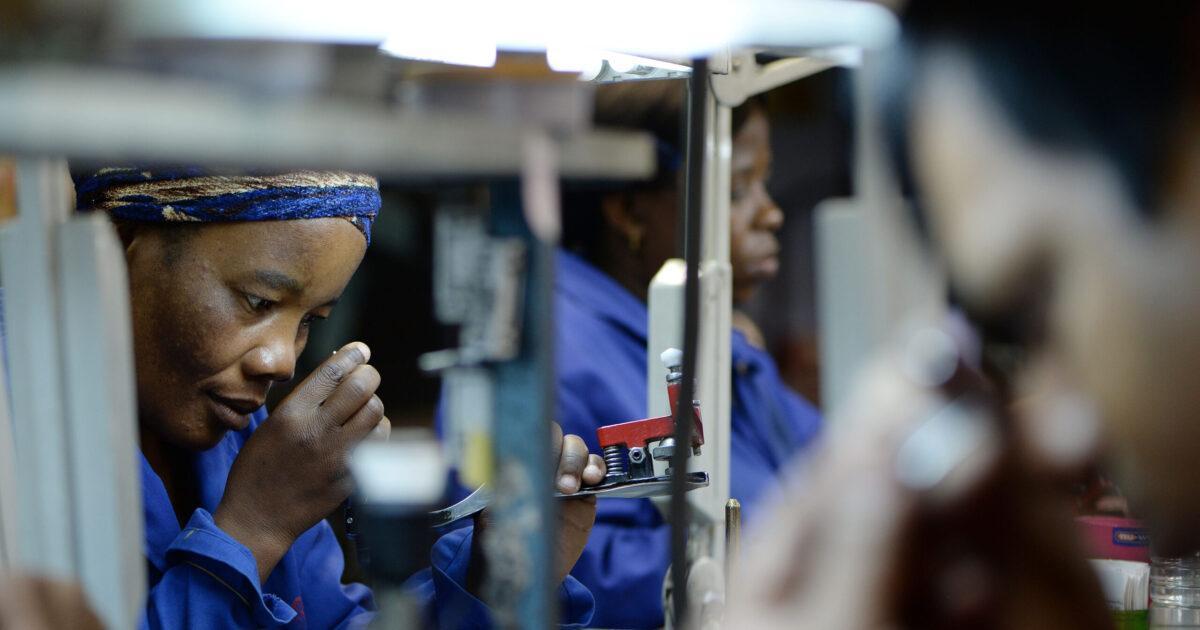Africa-Press – Botswana. A new World Bank report reveals that despite progress in education, Botswana still faces gender disparities in labour market outcomes.
While gender gaps in education have largely closed in Botswana, disparities remain in the labour market, a recent report by the World Bank in collaboration with the Government of Botswana has revealed.
The report, Botswana: Trends and Opportunities to Advance Gender Equality, highlights persistent gender disparities in labour force participation, wages, and business performance.
Skills mismatch
It points to concerns around the relevance of tertiary education and the alignment of graduates’ skills with labour market demands. From 2005 to 2010, the proportion of employers citing insufficient skills as a primary hiring constraint rose from 10 percent to 18 percent.
The report notes that despite high unemployment rates, employers often struggle to fill vacancies, suggesting that the available labour force lacks the qualifications that employers require.
The mismatch appears particularly pronounced among young women. Although women are overrepresented in tertiary education, they are less likely to be trained in technical fields where labour demand is growing.
Fewer girls in STEM
The report indicates that women make up the majority of students in undergraduate (58 percent), diploma (69 percent), and master’s (58 percent) programmes.
However, they represent only 36 percent of doctoral students. In 2023, the female gross enrolment ratio in tertiary education stood at 27.1 percent, compared to 16.6 percent for males.
Despite performing similarly to boys in maths and science at senior secondary level, fewer girls pursue studies in science, technology, engineering, and mathematics (STEM).
The report notes that attracting more young women into these fields is essential if Botswana’s Ministry of Higher Education is to support the country’s shift from a resource-based to a knowledge-based economy.
Barriers to women
In 2023, 63.4 percent of women aged 15 and above participated in the labour force, compared to 73.2 percent of men. The gender gap in participation narrowed from 13.4 percentage points in 2020 to 9.8 percentage points in 2023.
Despite this progress, the report suggests that barriers to women’s full participation in the workforce remain largely unchanged.
The report also emphasises the role of labour income in poverty reduction, especially in urban areas. It notes that increasing women’s participation and earnings could contribute significantly to reducing poverty levels in the country.
For More News And Analysis About Botswana Follow Africa-Press






